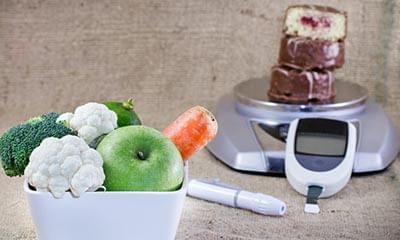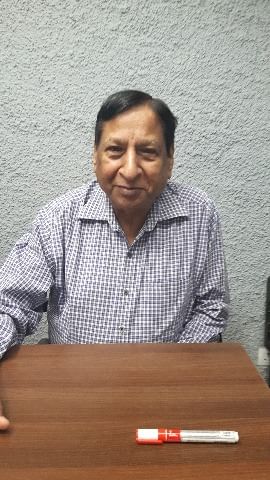Get the App
For Doctors
Login/Sign-up
About
Health Feed
Find Doctors
Health Packages
AllQ&AsTipsQuizzes
Oxygen Therapy Questions
Asked for male, 27 years old from Varanasi
Share
Bookmark
Report
Asked for male, 30 years old from Bangalore
Share
Bookmark
Report
As they initially said, you can give bed rest a try for six weeks. She should not sit without support for at least six weeks. She also has associated problems of post-chemotherapy pain, this can be treated symptomatically. If you send X-rays one can give proper opinion. But one has to examine the patient to give final opinion.
308 people found this helpful
Health Query
Share
Bookmark
Report
Your mother has multiple problems. 1. Pulmonary embolism, for which she needs to take anticoagulants. There are substitute drugs available (if she is having problems with warfarin). These drugs are either in injectable form (low molecular weight heparin injections) or tablets (newer anticoagulants). The safety profile of these drugs is better than warfarin and the do not need strict monitering like warfarin does. 2. Backbone compression and pelvic bone cracks could be due to osteoporosis (weak b...more
Asked for male, 29 years old from Mumbai
Share
Bookmark
Report
Vaicose veins may get thrombosed but the possibility of a thrombus getting dislodged from the wall is far less as compared to deep vein thrombosis. As the doppler has not shown any evidence of dvt in deep veins of legs, the basic question remains, that wherfrom the thrombus got away to cause pulmonary embolism. Fortunately nothing untoward occurred but presuming it was from saphenious vein, precautions are essential. Avoid long immobilization of limbs, squeezing pressure on calves, very heavy ex...more
Asked for Female, 54 years old from Ahmedabad
Share
Bookmark
Report
Blood's ability to clot is measured by the time it takes to begin to clot ... called the prothrombin time. Because that varies with for example, humidity, when they test your blood, they compare it against a standard and produce a number called the INR (International Normalized Ratio)
If say normal blood takes 10 secs to begin to clot, and your blood takes 14 seconds, then the INR is 14/10 = 1.4 if it takes 20 secs, then the INR is 2.0. So normal blood must have an INR of 1.0 (1/1)
So, t...more
If say normal blood takes 10 secs to begin to clot, and your blood takes 14 seconds, then the INR is 14/10 = 1.4 if it takes 20 secs, then the INR is 2.0. So normal blood must have an INR of 1.0 (1/1)
So, t...more
684 people found this helpful
Asked for female, 47 years old from Chennai
Share
Bookmark
Report
Sjogrens syndrome may or may not be linked to genetic predisposition and glioblastona is not linked to genetic predisposition.
Book appointment with top doctors for Oxygen Therapy treatment
View fees, clinic timings and reviews
Ask a free question
Get FREE multiple opinions from Doctors
posted anonymously










